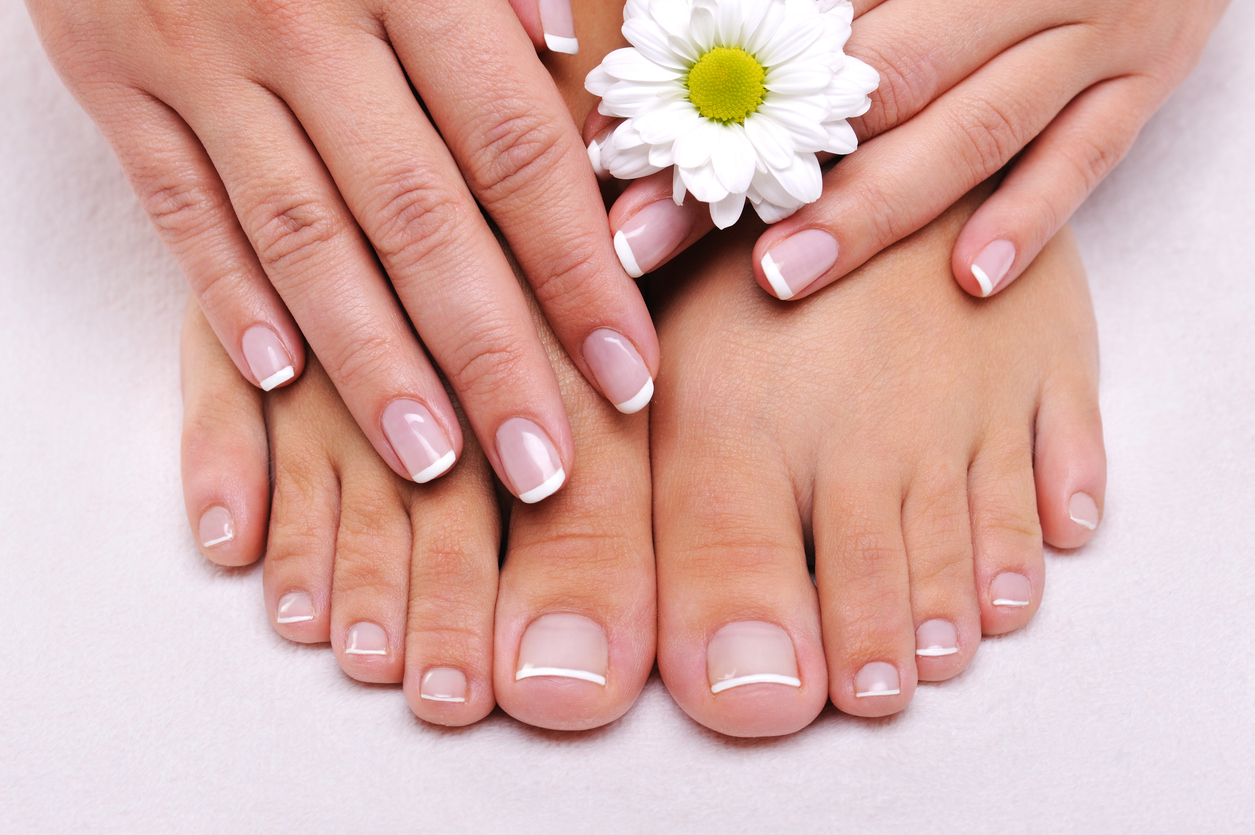
Healthy nails are not just a beauty statement—they’re also a reflection of your overall health. Strong, smooth, and well-maintained nails signal good nutrition and proper care habits, while brittle or damaged nails can indicate underlying issues. Whether you’re a fan of bold manicures or prefer a clean, natural look, keeping your nails healthy should be part of your self-care routine. Here are the top 10 expert tips for maintaining healthy, beautiful nails.
1. Keep Your Nails Clean and Dry
Moisture and dirt trapped under your nails can encourage the growth of bacteria, fungi, and other harmful organisms.
How to do it:
- Wash your hands regularly with gentle soap.
- Dry your nails thoroughly after washing or exposure to water.
- Use a soft nail brush to gently clean under your nails without causing trauma.
Pro tip:
Avoid prolonged exposure to water—wear gloves when doing dishes or cleaning to protect your nails from becoming weak and brittle.
2. Trim Your Nails Regularly
Just like your hair, your nails benefit from regular trimming to maintain strength and prevent breakage.
Best practices:
- Trim your nails straight across to avoid ingrown nails, then round the tips slightly for smoother edges.
- Use sharp nail scissors, clippers, or a quality nail file.
- Don’t forget your toenails! They need regular care, too.
Pro tip:
Trim your nails after a shower or bath when they’re softer and less likely to split.
3. Moisturize Your Cuticles and Nails
Keeping your nails and cuticles moisturized helps prevent dryness, cracking, and hangnails.
What to use:
- Cuticle oil or a nourishing hand cream.
- Natural oils like jojoba, vitamin E, or almond oil.
Pro tip:
Massage oil into your cuticles every night before bed for stronger, more hydrated nails.
4. Avoid Biting Your Nails and Picking at Cuticles
Biting your nails or picking at your cuticles can cause damage and introduce harmful bacteria.
How to break the habit:
- Keep nails trimmed short to reduce temptation.
- Use bitter-tasting nail polishes designed to discourage nail-biting.
- Replace the habit with a healthier alternative, like squeezing a stress ball.
Pro tip:
If anxiety is the cause of nail-biting, consider stress-reduction techniques like mindfulness or therapy.
5. Use Gentle Nail Care Products
Harsh chemicals can weaken your nails, making them prone to breakage.
Tips for gentler care:
- Choose acetone-free nail polish removers.
- Avoid frequent use of harsh nail polishes or gels that require aggressive removal methods.
- When filing, move the file in one direction rather than sawing back and forth to avoid weakening the nail.
Pro tip:
Opt for 3-free or 5-free nail polishes, which exclude the most harmful chemicals like formaldehyde and toluene.
6. Don’t Overuse Nail Hardeners
While nail hardeners seem like a good idea for weak nails, overuse can actually make nails more brittle over time.
When to use:
Only if your nails are exceptionally soft or prone to bending, and even then, limit use to a few weeks at a time.
Pro tip:
Focus on proper nutrition and hydration instead for naturally stronger nails.
7. Prioritize a Nail-Healthy Diet
Healthy nails start from within. Your diet plays a crucial role in nail growth and strength.
Key nutrients for strong nails:
- Biotin: Found in eggs, almonds, and spinach.
- Protein: Essential for keratin production, the protein that makes up your nails.
- Zinc and Iron: Support healthy cell growth and repair.
- Omega-3 fatty acids: Found in walnuts and flaxseeds, promoting nail flexibility.
Pro tip:
Consider a biotin supplement if you have persistent issues with brittle nails (consult your healthcare provider first).
8. Protect Your Nails from Trauma
Physical trauma can cause nail deformities, discoloration, and even permanent damage.
Protective measures:
- Wear gloves when doing manual work like gardening or cleaning.
- Avoid using your nails as tools to open cans or scratch surfaces.
- Be cautious during manicures and pedicures—insist on gentle treatment from technicians.
Pro tip:
Use the pads of your fingers, not your nails, for tasks like opening car doors or typing.
9. Give Your Nails a Break from Polish
Constantly covering your nails with polish can lead to discoloration and weakened nails.
How to balance it:
- Allow your nails to breathe between manicures—go polish-free for a week every month.
- During your polish-free time, focus on moisturizing and nourishing treatments.
Pro tip:
If you love color, consider using breathable nail polishes that allow some air and moisture to pass through.
10. Monitor Your Nail Health and Seek Medical Advice if Needed
Sometimes nail issues are more than just cosmetic—they can indicate underlying health problems.
Warning signs to watch for:
- Persistent discoloration (yellow, white, or blue nails).
- Severe ridges or pitting.
- Separation of the nail from the nail bed.
- Pain, swelling, or signs of infection.
Pro tip:
If you notice sudden or severe changes in your nails, consult a dermatologist or healthcare provider for evaluation.
Bonus Tips for Strong, Beautiful Nails
- Stay hydrated: Dehydration can lead to brittle nails.
- Use a base coat: Protects nails from staining and strengthens polish adhesion.
- Opt for professional removal: Avoid peeling or scraping off gel nails or acrylics at home.
Healthy nails are a reflection of good grooming habits, smart product choices, and overall wellness. By following these expert tips—keeping your nails clean, hydrated, and protected—you’ll enjoy stronger, shinier, and more resilient nails year-round. Whether you love a glossy manicure or prefer a natural look, investing in your nail health is always worth it. With a little consistency and care, beautiful nails are well within reach!







